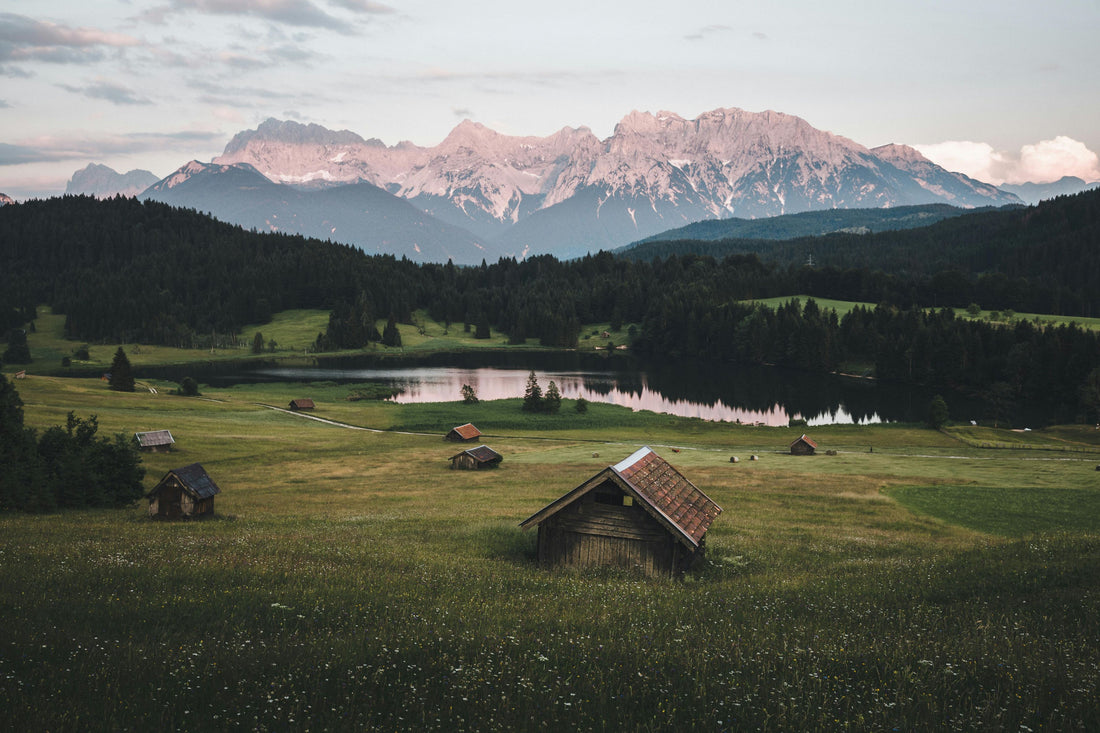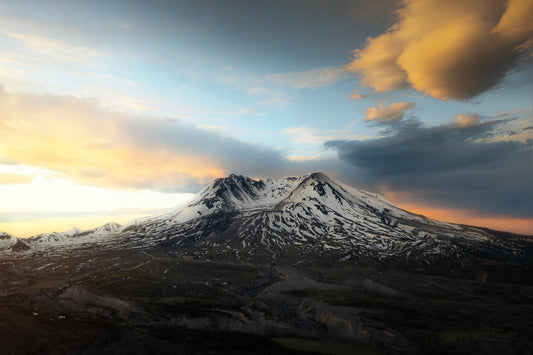Landscape photography involves capturing vast outdoor scenes, often with intricate details and stunning natural elements. In this section, we'll explore the optimal camera settings for landscape photography, including aperture, shutter speed, and ISO, along with practical examples and challenges for readers to try.
Aperture for Landscapes
When photographing landscapes, achieving a wide depth of field is often desirable to ensure that both foreground and background elements are in sharp focus. To achieve this, select a narrow aperture (higher f-number) such as f/8, f/11, or higher. A narrower aperture increases the depth of field, allowing you to capture more of the scene in focus, from the foreground to the distant horizon.
Example: Find a scenic location with interesting foreground elements, such as rocks, trees, or flowers, leading towards a distant landscape feature, such as mountains or a sunset. Set your camera to aperture priority mode and choose a narrow aperture (e.g., f/11). Focus approximately one-third into the scene to ensure both foreground and background elements are sharp. Take a series of shots, experimenting with different compositions and observing how the depth of field changes with variations in aperture.
Shutter Speed for Landscapes
In landscape photography, capturing motion can add a sense of dynamism and mood to your images. For example, using a slower shutter speed to blur the movement of flowing water or drifting clouds can create a sense of tranquility and flow. However, it's essential to use a tripod to prevent camera shake when using slow shutter speeds.
Example: Visit a scenic location with a flowing stream, waterfall, or cascading waves along the coast. Set your camera to manual mode and choose a narrow aperture for maximum depth of field. Mount your camera on a sturdy tripod and select a slow shutter speed (e.g., 1/4 sec or slower) to capture the movement of the water. Experiment with different shutter speeds to achieve the desired effect, ensuring that the rest of the scene remains well-exposed.
ISO for Landscapes
In landscape photography, maintaining optimal image quality is paramount, so it's best to use the lowest ISO setting possible to minimize noise and preserve detail. Since landscapes often involve shooting in well-lit outdoor environments, low ISO settings (e.g., ISO 100 or 200) are typically sufficient to achieve proper exposure.
Example: Plan a landscape photography outing during the golden hour—the period shortly after sunrise or before sunset when the light is soft, warm, and directional. Set your camera to aperture priority mode and choose a narrow aperture for maximum depth of field. Keep your ISO set to the lowest native value (e.g., ISO 100) to maintain optimal image quality. As the light changes during the golden hour, adjust your shutter speed to ensure proper exposure while keeping ISO constant.
Challenge for Readers
Explore different landscape locations in your area, such as mountains, forests, beaches, or parks, during different times of the day. Experiment with various combinations of aperture, shutter speed, and ISO settings to capture the unique beauty and mood of each landscape. Focus on composition and storytelling to create compelling images that evoke a sense of awe and wonder.
Conclusion
Mastering camera settings is essential for capturing breathtaking landscape images that showcase the beauty and grandeur of the natural world. By understanding how aperture, shutter speed, and ISO settings influence the outcome of your landscape photographs and experimenting with different settings in various scenarios, you'll develop the skills necessary to create stunning images that inspire and captivate viewers. Take on the challenge provided and continue to explore the diverse landscapes around you, honing your craft and refining your artistic vision with each shot.







